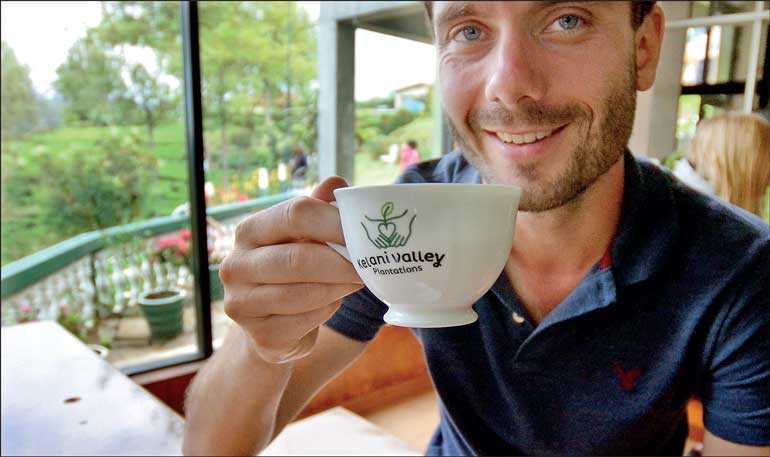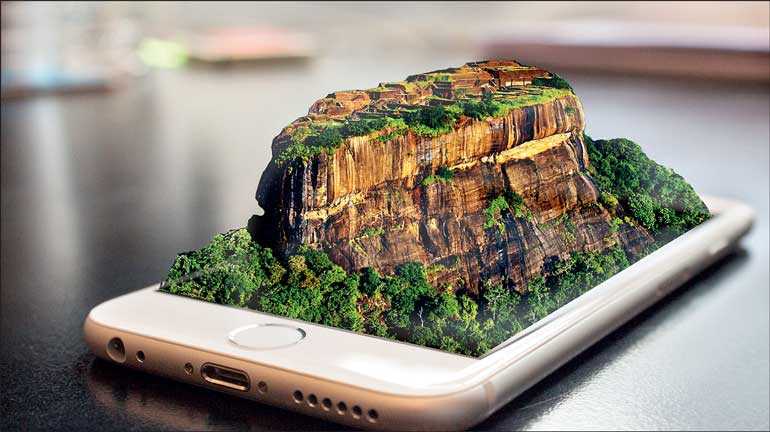Wednesday Jan 22, 2025
Wednesday Jan 22, 2025
Friday, 26 June 2020 00:00 - - {{hitsCtrl.values.hits}}


The problem with Sri Lanka’s tourism is that it’s ‘so’ unimaginative. A visit to any major global tourist destination is enough to understand how ‘so’ basic our sales strategy is.
Unfortunately the people who are supposed to lead this innovation are ‘so’ mediocre. They only know to bust millions on fancy promos and serve themselves.
According to a predictive analysis done by the Viyathmaga Institute of Policy Innovation, the number of tourist arrivals in 2020 may range from half to one third compared to 2018 numbers. So we need to find ways to increase income with fewer tourists. Here are five ways we can increase tourism income in Sri Lanka even without increasing the number of tourist arrivals.
1. Pre-sell high demand attractions
Take Sigiriya, the top tourist attraction. During most days the place is overcrowded. There are long queues along the climb. Local and foreign tourists are moving at a snail pace while standing at the same place sometimes for almost an hour. The experience becomes so joyless the magic is lost in the noisy atmosphere.
This can be solved by introducing a ‘by online reservation only’ system. I’ve seen this in Rome where they only allow a fixed number of visitors per day to their top spots. What they do is break the day into well-timed periods. For example your ticket will give you a time slot that is just enough to complete the journey. So there is a steady stream but no blocks.
And because you are pre-selling only, it gives the tourist the feeling of exclusivity. So the value of the place goes higher. The online system should be designed to intelligently augment the ticket price depending on the demand. So even with the same number of tourists we are able to generate more income. This of course requires gated security and journey design.
2. Resell high demand attractions
I’ve heard some tourism pundits say that we can’t sell our ancient cities any more blah blah. They should go and see how Europe sells their ancient cities. It’s all about packaging the same location with different combinations of experiences.
Having so many ancient sites around the country we are fools to not sell them in a multitude of ways. Take Dalada Maligawa for example. As a follower of Buddha Dharma it’s ridiculous to make Lord Buddha’s tooth relic a tourist attraction. But then again seeing all the ‘sponsored’ relic exhibitions I guess all I should do is ignore these worldly nonsense…
Anyway coming back to the topic there are many ways the Maligawa premises can be packaged.
There can be magnificent theatrical plays depicting major historical events in the evenings, again sold ‘by online reservation only’. The various traditional dancers can perform custom designed pieces at certain nights. These performances will allow the local performers to earn more and develop their arts at the same time. Every major tourist site should operate from dawn to midnight. But all this has to be done in high quality with good coordination.
3. Design customer journey to end-sell
Tourism income is all about customer journey. Just as how you would take a website visitor around your pages and lead them to the product you want them to buy, the tourist should be well-guided through planned journeys. All our guides do is walk them around the location and bus them to a shop elsewhere.
If you travel in Europe, you notice how well they plan their customer journeys. The journey itself is a product, but it’s not the only product. Every site from rocks to ruins to museums should design customer journeys so that the tourist will have different tastes, emotions, sensations, education, and eventually ending up in a souvenir outlet with products of that specific location so they naturally want to buy the memory which they just experienced. The journey is a build up to sell more products.
If you visit the Kew, Royal Botanic Gardens in London you will experience this. The journey is planned in such a way that the visitor is so excited to buy a piece of it. And they have a suite of products including seed packets, gardening tools, handbooks and even a ‘membership’ for which the visitor receives regular magazines and access to webinars on gardening. So it’s not just selling an entrance ticket. There are many ways to earn additional income from all our tourist attractions.
4. Embed technology into experience
Humans have already become near cyborgs. We are glued to digital devices. We expect our experiences to be blended with our electronics. It’s no longer valid to say to leave your phone while on vacation. A vacation without a phone is ridiculous. It’s how tourists communicate, learn about the sites they visit, transact, find their way around, etc. So we need to connect our experience offers with mobile technology.
We need a multi-language digital guide app which they can download on their phones for a price. The content should be accurate unlike some of the nonsense our human guides utter. They should be able to visualise the ancient structures in 3D augmented reality through their screen on location. And they can make in-app purchases, record their journey, share on social media, etc.
With this app we can cut down the costs of printing tickets. And most importantly we can use the aggregated data to understand tourist behaviour. That data can then be used to plan our promotions with target campaigns. Without shooting all over with a one-off advertisement that costs many millions. State tourism should be managed like a modern enterprise. All processes need to be planned and managed in coordination every single day.
5. Host festivals
We ‘so’ need a lot more festivals in Sri Lanka. For example, we are not making the most money out of the east-coast surfers. While they tend to be low-spenders who prefer to stay at cheap local inns, it’s because they also stay for a long time. So that area is ideal for a massive international festival. Festivals attract more tourists to that destination. And it should be a long festival with an array of activities for weeks.
There are festivals like the Nallur Festival which need a lot more attention. Jaffna is a haven for tourism with their serene beaches and rich culture. With its low density of population thus with low noise, and with their legacy of the Jaffna Library, it’s a perfect place for literary festivals. Festivals are great opportunities for all kinds of local talent to showcase and grow connections with the outside world, thus increasing income.
There can be many more creative ideas to increase tourism and tourism income in Sri Lanka. Feel free to share your ideas. But to do any of it we need modern-thinking, innovative and competent leaders at the centre who are able to lead the industry by working with pure intentions of developing the sector.